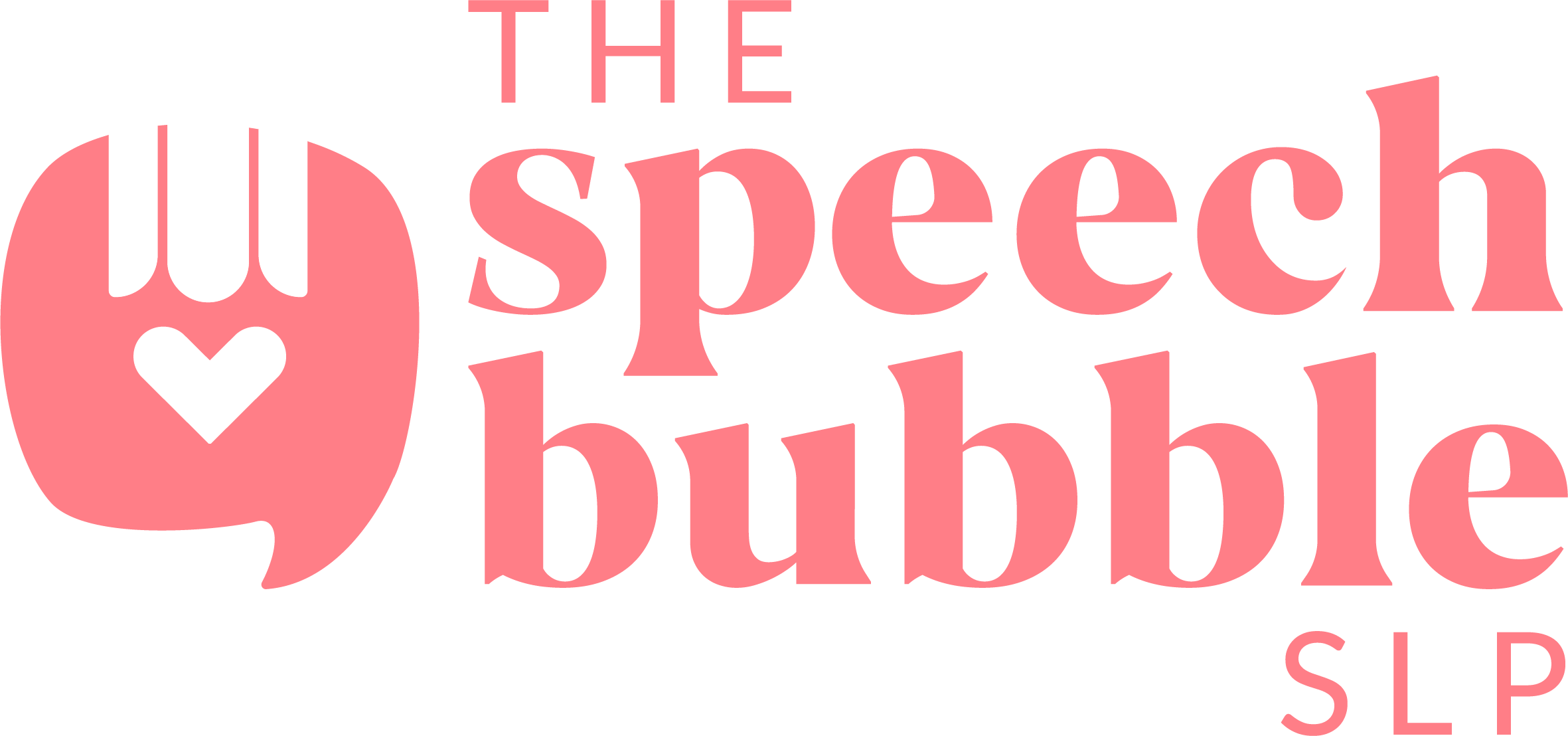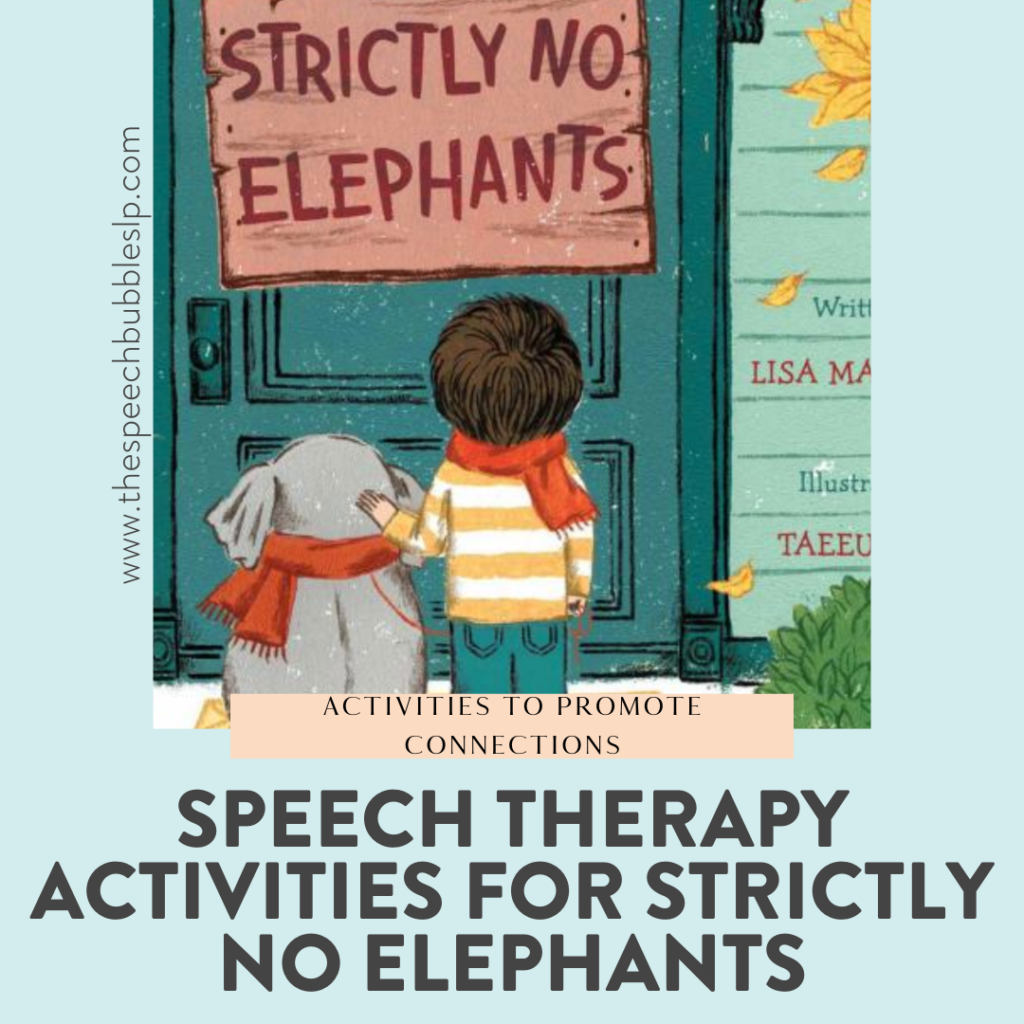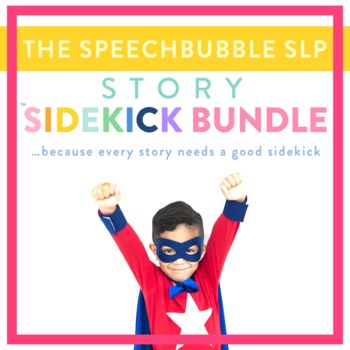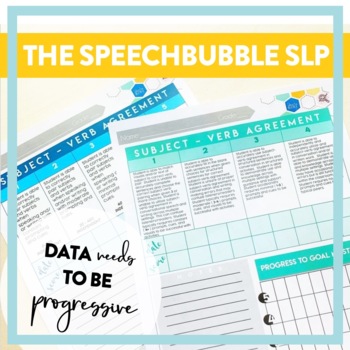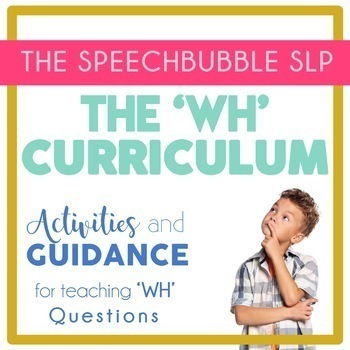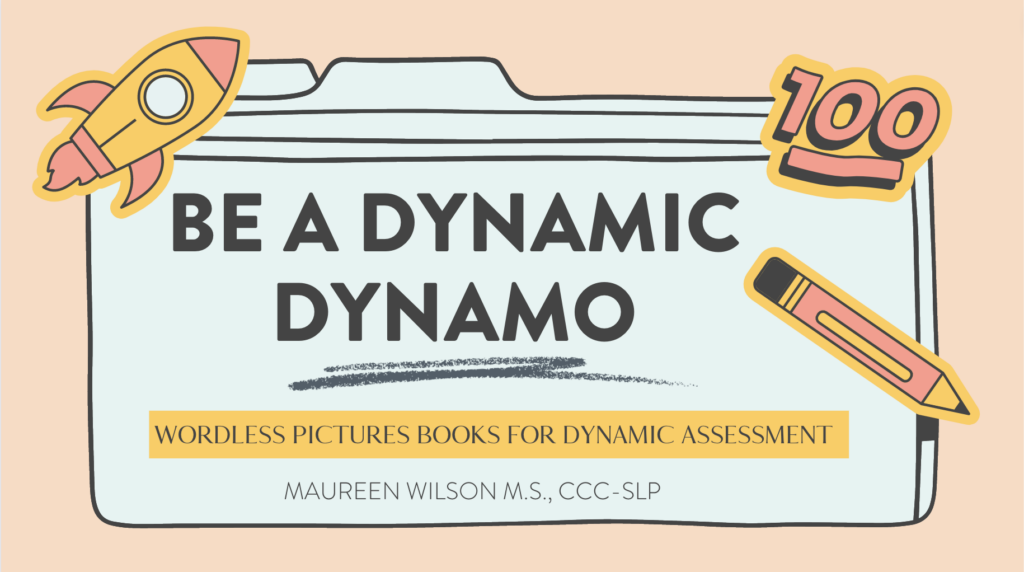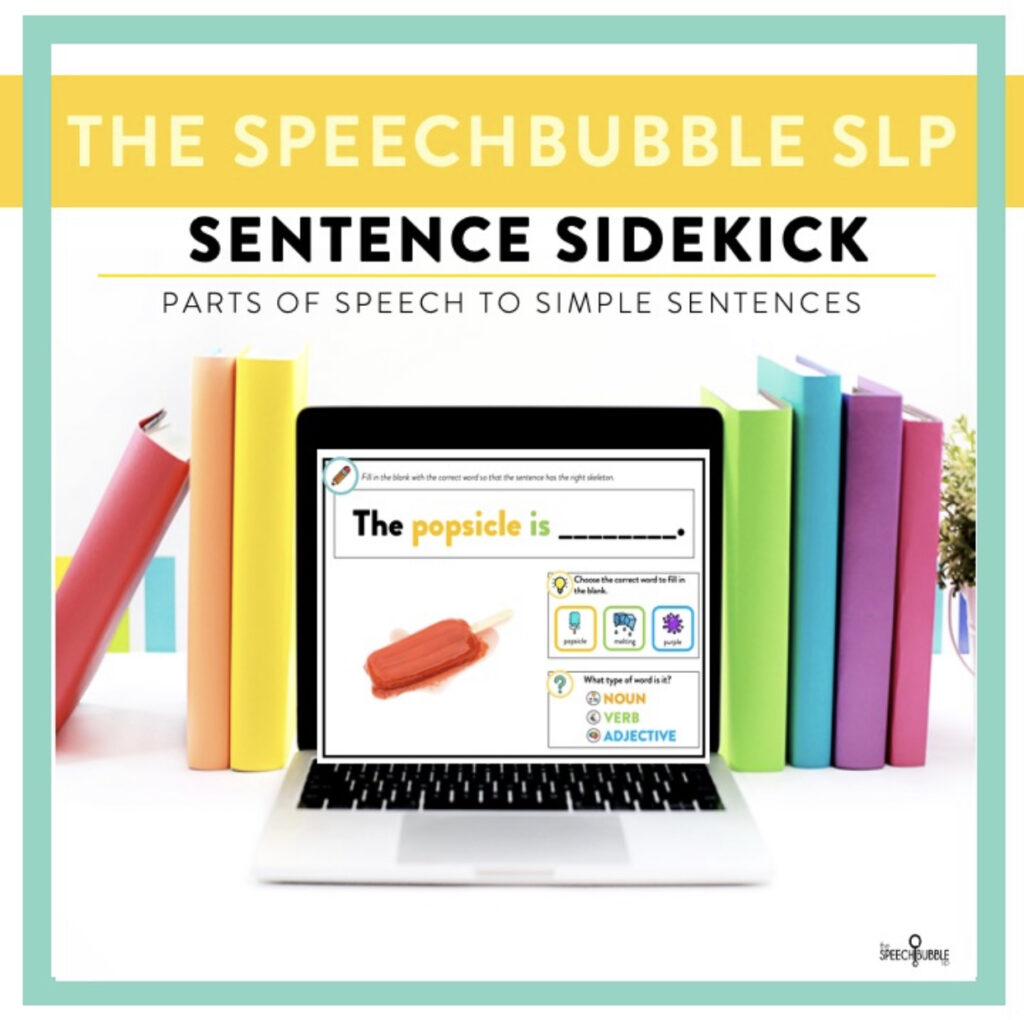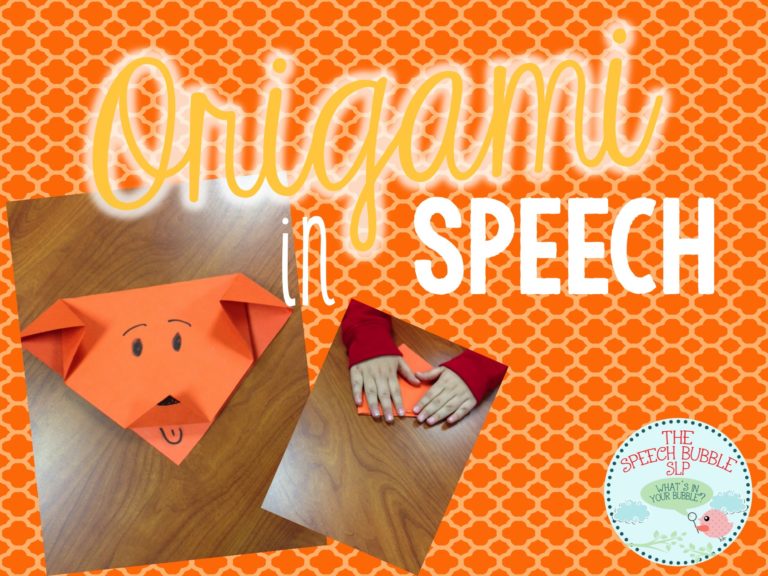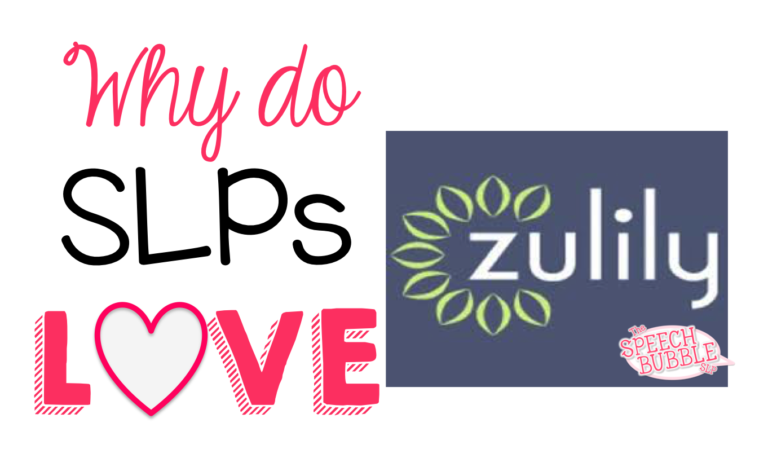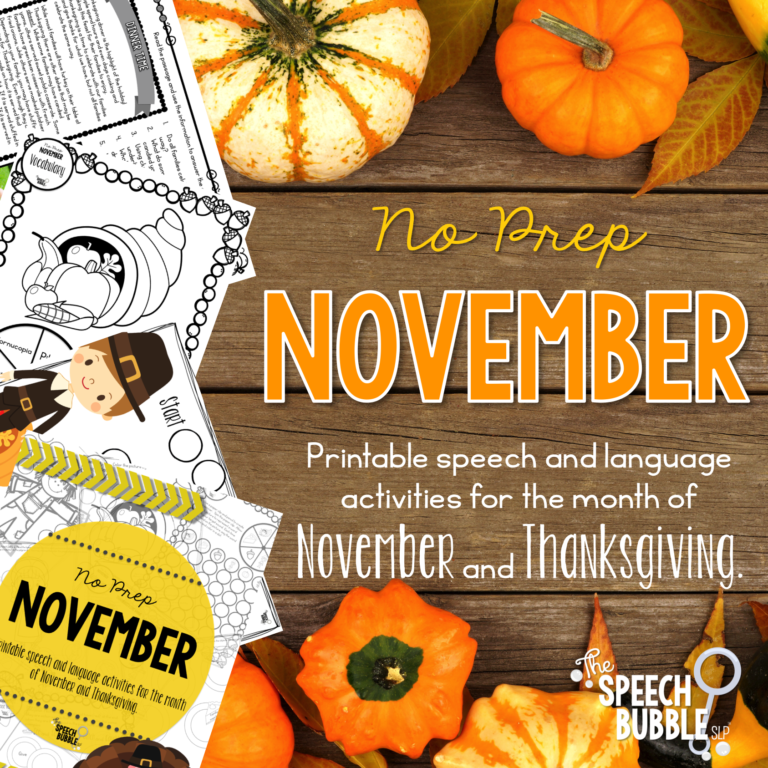According to some research, themed therapy materials are a great way to link and strengthen new and existing concepts together (Hadley, 2018). Not only does it benefit the student but it benefits the speech-language pathologist as well. In my practice, themes allow me to streamline my therapy sessions as well as reduce my planning time. Today I will be introducing you to a multi-themed book that you may or may not have in your own toolbox.
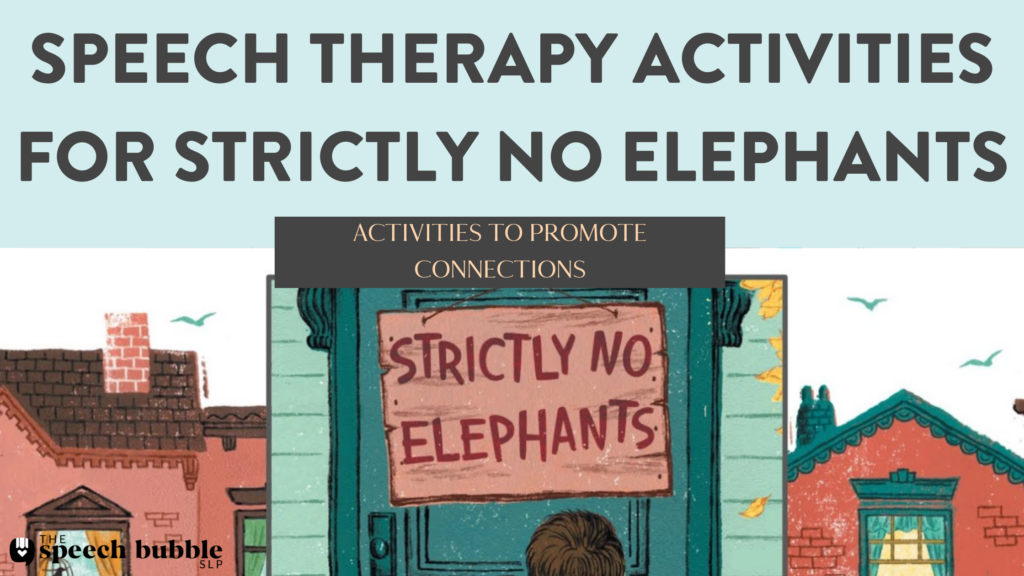
Strictly No Elephants is about the friendship between a boy and his pet elephant. They are barred from the local pet club and spend their time trying to find a place to belong. Along the way, they find other children with equally unique animals and develop new friendships.
Theme #1
Strictly No Elephants is a story about friendship, acceptance, and belonging that your students will undoubtedly enjoy. As you and your students are reading through this book, I would greatly encourage you to identify the emotions and feelings that the characters might experience throughout the story. Not only will this aid in understanding but will aid in teaching important social skills as well.
When baking, we need the right ingredients to make the perfect dessert, right? Similar to making and maintaining friends, we need to bring certain emotions, feelings and attributes that make a healthy and happy relationship. Strictly No Elephants shows us a few examples of how to be a good friend.
An easy, low-prep activity that you can do with your students is to have them choose a feeling – sadness, happiness, fear, surprise, etc. Once they have chosen their ‘feeling,’ have your student choose a time in the book where a character or characters may have experienced that ‘feeling.’ For most of my students, I ask them to draw the scene or the character that they have chosen to allow for easier processing. Oftentimes, with my students, I find that it is easier to draw because it forces them to process information in a multisensory way. However, for my older students, I will ask them to write a short description as well.
Theme #2
If you choose not to focus on the above theme, you can also focus on the animal theme. At the beginning of the story, we see our typical animals that one would consider pets such as dogs, cats, fish, and birds. However, as the story progresses, we see more unique animals such as elephants, skunks, giraffes, penguins, and bats. You can have your students compare/contrast, describe, retell, and infer from the different animals that they see throughout the book.
As an activity, Hedbanz Junior would be a perfect board game to fit with any animal theme story. This game is directed more towards our elementary school group. Each student grabs a headband and cards and asks yes or no questions to figure out what animal they are. For students that need extra support, there are clue cards to help narrow down choices. There is even a Spanish version!
If buying another board game isn’t really an interest right now, you can definitely just use pictures of animals and use the same premise as the board game. Students will be learning how to describe, categorize, and compare and contrast.
Strictly No Elephants is a truly great addition to your library. It is relatable to all children who have ever felt sad or excluded by others as well as teaches the abundance of animals and types of animals out there. Alongside this story, I would recommend utilizing the story sidekick that I’ve created alongside the book. This companion combines language and literacy and gives you, the speech-language pathologist, the tools to provide effective, relatable, and engaging therapy sessions for your students.

